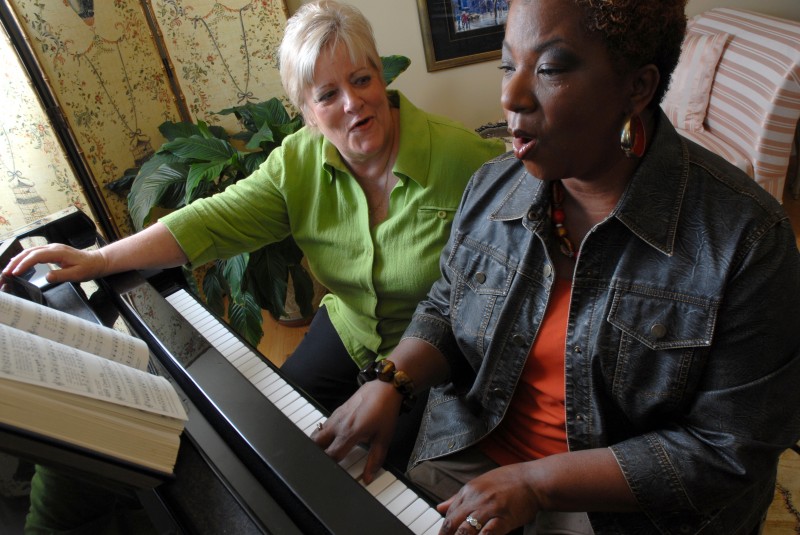
Lighting is like music. Everyone has their own tastes and styles. There is no right or wrong about lighting, that is of course, unless you create an unusable image. Anything goes and who is to say that it’s not right? It’s all a matter of taste.
There were times that lighting had to be a certain style or it was considered wrong. For instance, back in the 50’s or 60’s, if it didn’t look like “Rembrandt” lighting, the photographer wasn’t considered as being accomplished. The main reason is that by understanding that type of lighting one had to understand direction, form, shape and so on. Today, because of many influences, paparazzi, improvements of on-camera flash technology, no one remembers Rembrandt, etc. there is a wide range of lighting that is acceptable.
Studio styles have changed dramatically as well, mostly because of the fashion business. The fashion business had it’s roots in Hollywood where all of the photographers were trying to outdo themselves to make a name for themselves as they shot famous celebrities. Of course, they were limited to black and white and were forced to be “creative” setting themselves apart from other photographers.
The trends in the fashion world today have followed suite with the paparazzi or vice versa. It is usually shot with little shadows on the face except for a bit around the nose and under the chin and are somewhat monotone in color. This is a generalization so don’t get your panties in a wad. I’m not judging this technique because there are merits to this type of lighting.
Basically, what I’m saying is that today, anything goes! A photographer is free to interpret a scene any way they wish without being discredited for their judgement.
Because of this, there are a myriad of possibilities.a photographer has to think of while interpreting a scene. In a studio, time can be taken to try different techniques with the controlled space of the studio. Sometimes, photographers have to shoot “on the fly” so to speak and don’t have the luxury of considering all the possibilities. Sometimes, these occasions can’t be shot with on-camera flash but with strobe lighting.
Faced with this type of situation, it pays to resort to something that works for you and to stick to it. It’s hard enough looking for the spot to shoot the next shot, being aware of future shots, dealing with the subjects, placing the subjects, and of course, all of the technical things one has to consider when shooting with lighting.
For me, my “tried and true” rule of thumb it to shoot with volume to the camera. In other words, place the lighting so there is shadow towards the lens. This adds volume to the subject matter and adds drama to the scene. If you look at the photo representing this blog, you will see that the lighting is behind and to the left of the camera. This creates shadow towards the camera which adds depth to the image. Had I brought the strobe above the camera, for example, the scene would have been rendered shadowless. It would have looked flat.
I consider this “rule of thumb” whenever I shoot no matter what. If I can’t apply this rule I go for my next choice. That’s another blog.
Happy Shooting!